Strategies
Below are strategies for all content areas.
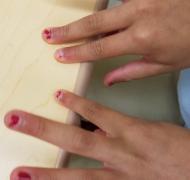 |
FT2S2B: Finger Positions for Beginning Braille UsersTips to encourage proper finger positions to create braille dot formations, first on the table, then with a swing cell, and finally on a braillewriter. |
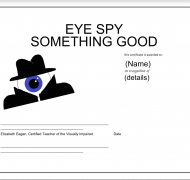 |
Eye Spy VI AwardsThis is a simple way to express appreciation for teachers, therapists and others who go above and beyond in providing quality services to students who are blind, visually impaired or deafblind. |
 |
Grilled Chicken Braille GameThis game is designed to give students with low vision who are learning braille practice with the braille contractions: upon, word, these, those, whose, cannot, had, many, spirit, world and their. |
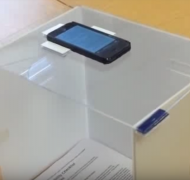 |
Make Your Own Portable Scan and Read StationTherese Wilkomm shares a video demonstration of a simple assistive technology device she has created, which enables people with visual impairments to scan & read documents using a portable stand & app |
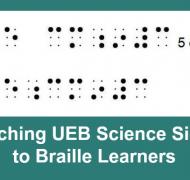 |
Teaching UEB Science Signs to Braille LearnersTips for teaching UEB Science signs to braille learners, including preparing technical materials for science lessons and helping learners understand. |
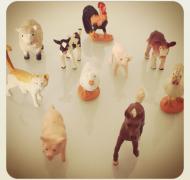 |
Identifying Salient Features: Jasper and the AnimalsChildren with CVI (cortical visual impairment) often struggle to interpret with images that are visually complex. A parent shares her son's experience |
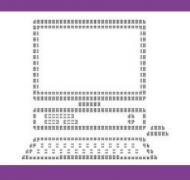 |
Braille Design of ComputerThis Computer Braille Design is a fun project for braille users. |
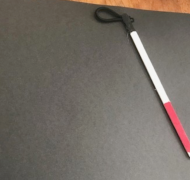 |
Creating a Book for a Braille Reader with CVI: Max and His CaneThis simple braille book tells the story about an 8-year-old boy who loses his cane. The colored illustrations are appealing for children with CVI. |
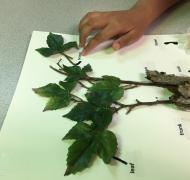 |
Supporting Tactile Images with Real Experience and Concrete MaterialsProviding real experiences and concrete objects is a helpful first step in teaching students with visual impairments to interpret tactile images. |
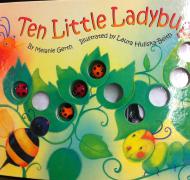 |
Building Literacy Around What Children Care AboutUsing images of items that children with CVI (cortical visual impairment) are motivated by can help to motivate them and develop literacy skills. |
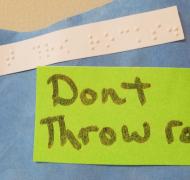 |
Having Pride: Promoting Social Skills through WritingCombine writing and social skills in this activity to promote kindness and helpfulness in students who are blind or visually impaired. |
 |
Tactile Symbols for Hygiene BagMake activities of daily living more fun with this song and routine! |
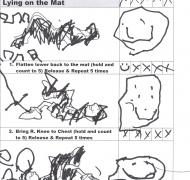 |
Wellness Program for Youth Who Are DeafblindIncorporate literacy skills into a wellness program for students with deafblindness or multiple disabilities. |
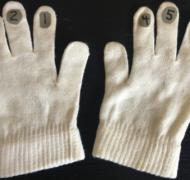 |
Braille GlovesBraille gloves are a great way to introduce the braille code to sighted children and adults (such as sighted classmates family members). |
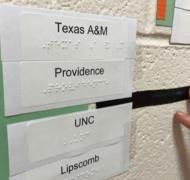 |
Accessible NCAA BracketBraille can be used in so many ways and this NCAA bracket is a great example of how it can make sports and popular events accessible to all. |
|
|
Writing Prompt RouletteStrategies to support braille students with writing prompts, using a shared writing approach on a BrailleNote Touch to promote braille literacy |
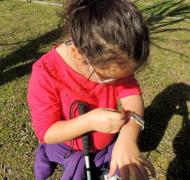 |
Nature WalkNature walks can inspire students with visual impairments to write about what they find. |
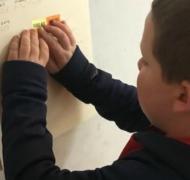 |
Tracking Reading HomeworkMake your reading calendar accessible to braille users with these ideas! |
|
|
Insta-Snow Writing ActivityReal experiences are a great motivator to the writing process! This 3rd grader enjoyed writing a braille description of insta-snow. |
|
|
Tactile Fun BucketMake your own tactile fun bucket for young children who are blind or visually impaired to develop tactile discrimination skills and basic concepts. |
